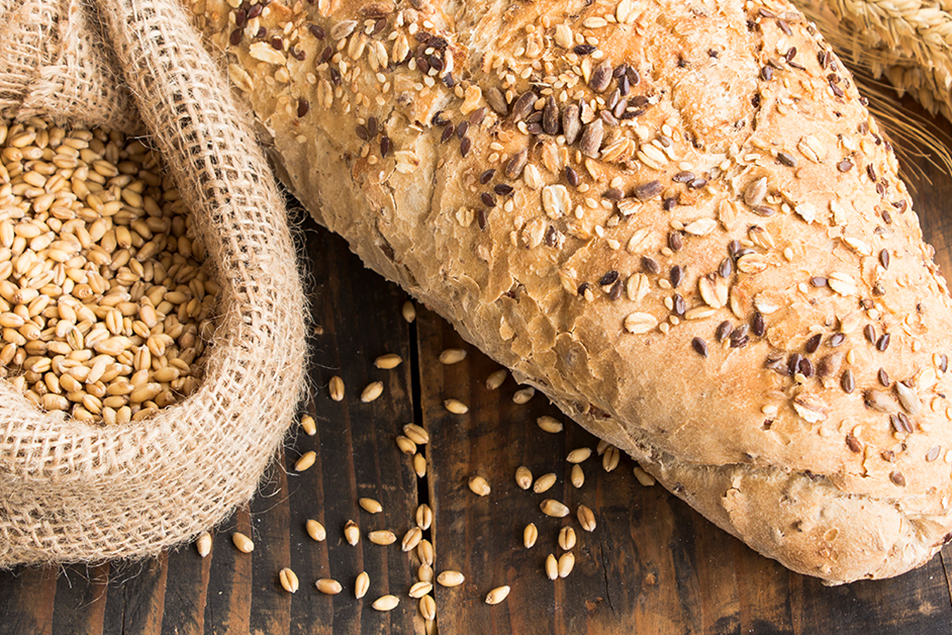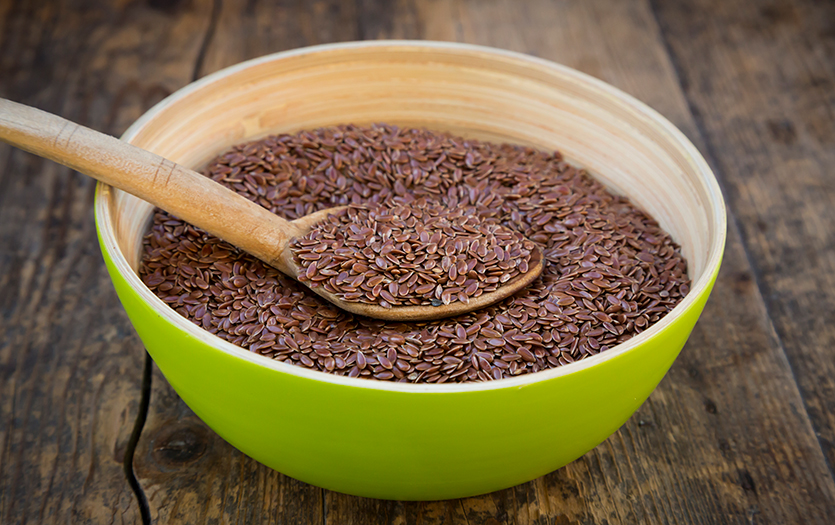What is fiber’s role in the body? Why is so important?
Nick: Getting enough fiber each day helps promote overall health and provides the following health benefits:
• Improved digestive health
• Aids in the prevention of heart disease by lowering cholesterol
• Helps control blood sugar levels, which is especially important in individuals with diabetes
• Maintaining a healthy weight
Kathy: Fiber has many beautiful attributes, one of which is simply filling you up! When you eat foods rich in fiber, eating naturally slows down, and consequently you take in less food. After you eat foods rich in fiber, a wonderful symphony happens inside you. Fiber helps slow down the digestion of carbohydrates helping mitigate the glucose surge after meals. The small but mighty fiber nourishes the healthy bacteria in your GI tract, all the while graciously making sure “all is well” on the regularity scene. And guess what? All the fiber rich foods you start choosing, come with a wealth of bioactive substances that keep your immune system humming and you vitally well.
Are people getting enough fiber? If not, why do you think that is?
Nick: According to the Dietary Guidelines for Americans, most people in America do not meet the daily fiber recommendations. The main reason for this is that most people do not eat enough fruits, vegetables, and whole grains on a daily basis. Many of these foods are being replaced by more processed foods. For example, at breakfast many of these foods are being replaced by foods such as high-sugar cereals, which often lack fiber.
Kathy: Men under age 50 should get 38 grams of fiber per day and women under age 50 should get in 25 grams a day. If over 50, the requirement for men is 30 grams and women 21 grams.
How does fiber contribute to a healthy weight?
Nick: Getting enough fiber plays a crucial role in maintaining a healthy weight by curbing appetite and making us feel fuller between meals. Fiber also helps better control our blood sugar levels, which means you will have more stable energy levels throughout the day. Also, foods high in fiber tend to be lower in calories, which results in less calories consumed each day.
Kathy: Research continues to show that when fiber intake goes up, body weight improves. Fiber increases oral-sensory satiety and all that “chewing” has a wonderful appetite-quieting effect.
What are the best sources of fiber?
Nick: The best sources of fiber include beans, whole grains, oats, high-fiber cereals such as bran cereal, nuts, seeds, vegetables, and fruits. One way to increase the fiber in your diet is to choose recipes that include vegetables and beans, opting for whole grain breads instead of white bread, and reaching for the high-fiber cereals, rather than the sugary varieties. Also, keeping fresh vegetables and fruits cut and ready for convenient snacking can help increase fiber intake for the day.
Kathy: Plant food, plant food, plant food! That’s where fiber is found. Insoluble fiber, found in plant cell walls, acts as nature’s “broom” for the intestines. Soluble fiber, found inside the plant cells, turns to a gel-like substance in the intestines and is especially beneficial for insulin sensitivity and lowering LDL cholesterol. Eating a varied diet loaded with nutrient-dense whole plant foods will offer you a generous amount of dietary fiber naturally.
Power up your diet with starchy beans (black, kidney, white, garbanzo, lentils, etc.). Throw them on salads and in soups. Every ½ cup serving gives you 7 – 8 grams of fiber. Sprinkle oat bran or ground flaxseed on your hot cereal or mix some into your energy bar recipe. As you boost up fruits and vegetables, consider one cup of cooked cauliflower or Brussels sprouts has 5 – 6 grams of fiber. Don’t forget to lean heavily on the green leafy options. Cooked Swiss chard, spinach or collard greens has 4 grams of fiber per cup. And berries take prime position as the leaders in fiber for the fruit group. One cup of raspberries or blackberries has a whopping 8 grams of fiber. Of course nuts and seeds are terrific (2 – 4 grams of fiber per ounce) and we can’t end our discussion without extolling the virtues of whole intact grains like wild or brown rice, quinoa, popcorn, oats, barley and the like. Whole intact grains are light years ahead in nutrition compared to refined grains, or even some whole grains that have been ground into flours.
Are over-the-counter fiber supplements as effective as food sources?
Nick: While over-the-counter fiber supplements such as psyllium powder can help meet your fiber needs for the day, these supplements should not replace the high fiber foods previously listed. Even though fiber supplements are a convenient and easy way to get more fiber, they lack the vitamins and minerals found in whole food that can provide additional health benefits.
Kathy: High fiber bars and other manufactured foods touted as high fiber may get much of their fiber from “inulin” or other isolated, purified fibers like maltodextrin. These may create gas and bloating and may not help that much with regularity. While foods with added fiber (seen in yogurt, soy milk and orange juice etc.) can help you meet your fiber requirement, by and large make sure most of your fiber comes from whole and natural sources.
What are some signs you’re not getting enough fiber?
Nick: Some common signs that you may not be getting enough fiber include constipation and/or hard stools, which can lead to digestive issues such as diverticulosis. If you are experiencing these signs, consider speaking to your healthcare provider. Increasing your fiber intake may help alleviate these symptoms, but remember to increase your fiber intake slowly, as drastic increases may cause bloating, gas and other unwanted symptoms.
Resources:
https://health.gov/dietaryguidelines/2015/resources/2015-2020_Dietary_Guidelines.pdf
http://www.eatright.org/resource/food/vitamins-and-supplements/nutrient-rich-foods/fiber




